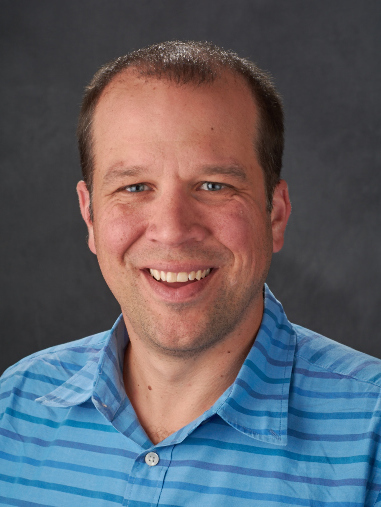Winter Weather Advisory issued November 20 at 12:09PM CST until November 21 at 9:00AM CST by NWS Green Bay WI
Current watches, warnings, and advisories for Brown County (WIC009) WI
Current watches, warnings, and advisories for Brown County (WIC009) WI
https://api.weather.gov/alerts/urn:oid:2.49.0.1.840.0.eefd47c94e1c51df6dff5c4f705c9d706e7efd8e.002.1.cap





